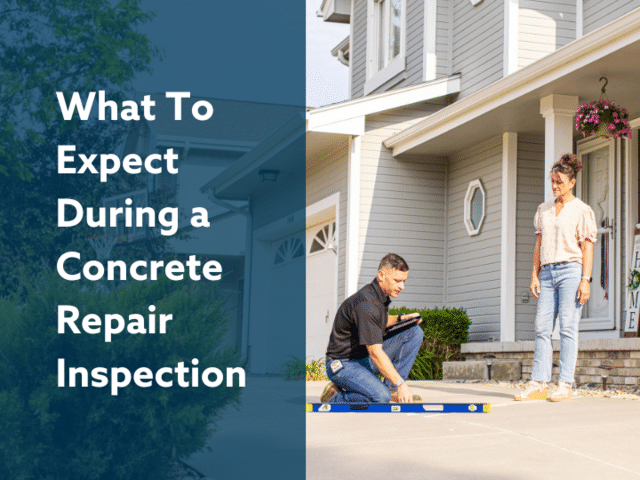How to Repair Leaky Basement Walls

If you have leaky basement walls or a constantly flooded basement, there's an easy way to return your basement to a dry and useable space. Our solutions can be installed quickly, are durable and cost-efficient, and help to lower your energy bills. This article discusses how to repair them.
Damp and Leaking Basement Walls
Concrete shrinks as it cures, and the concrete curing process of basement walls can continue for six months to ten years (in extreme cases) after the home has been built.
This means that it's common to have several small cracks form in any type of basement wall -- even in a new home -- and those cracks are openings for water to make its way through.
Additionally, concrete block basement walls hold large open cavities inside that can run up and down the walls.
These walls are made out of concrete, a porous material that easily allows water vapor to soak through and enter your basement. If you've ever had a leaky or flooded basement, or foundation walls that are damp to the touch, you know what we're talking about.
As water passes through the concrete, it can reach the large hollow gaps in block walls or force its way through basement wall cracks. Block wall cavities can fill with water, soaking the concrete and seeping through to the home, and water can push its way through the basement wall floor joint and flood the basement.
At Thrasher, we've seen this problem throughout the region. For a free inspection for basement waterproofing, call or contact us online today!
Repairing Leaky Basements and Stopping Flooding
At Thrasher, we repair wet concrete block walls on a daily basis. Our basement waterproofing solutions can often be installed in a single day - including a sump pump, perimeter drainage system, vapor barrier, and, in the case of block walls, weeping holes for additional drainage.
When it comes to protecting your family and your home, we always recommend working with a trusted, professional basement waterproofing expert. Long lasting and warrantied solutions are no small DIY project. Below you can see the steps we take to stop water issues with concrete block walls.
1) Install a Basement Sump Pump and Battery Backup
Install a sump pump with a reliable liner in your basement. The sump pump liner should be large enough to allow enough water into the basin that the pump can run a full cycle without turning on and off constantly (called "short-cycling"), which burns out the pump prematurely.
A battery backup sump pump should also be included to ensure that your sump pump can run during power outages or a blown fuse. A battery backup sump pump can also offer you protection if your primary sump pump fails for any reason. Click to learn more about sump pumps in Nebraska, Iowa, and Missouri.
2) Dig a Perimeter Trench and Drill Weep Holes
A trench should be created around the basement floor, leading to the sump pump. If you have concrete block walls, weeping holes should be drilled in the basement walls into each block cavity at the base. This gives the water an appropriate channel out of the walls, sending it to the sump pump.
3) Install a Perimeter Drainage System
This important basement waterproofing step is sometimes passed over by waterproofers when they're repairing a leaky basement.
A PVC drain, such as the innovative French Drain System provided by Thrasher, can effectively direct flooding basement water to the sump pump while resisting clogging.
A wall flange is included in the drain's design that reaches up the basement wall to gather leaks coming from the wall.
Laid in a bed of clean crushed stone, the drain is cemented over on top, making for a nearly invisible installation in your home that's warranted to stop water for the life of the structure (see warranty for details).
4) Cover the Block Walls with a Vapor Barrier
Once the water has been kept out of the basement and removed from the walls, you can rest assured that you no longer have a wet basement. However, because water vapor will still be absorbed by the concrete and pass into your home, you do have a damp basement! How can this be addressed?
One effective and cost-efficient way to prevent wet concrete walls from leading to a damp space is to install a waterproof vapor barrier on the walls.
These vapor barriers can be combined with our perimeter drainage system, tucking into the wall flange to direct any water entering from the basement walls into the drainage system.
Contractors Specializing in Flooded Basements
If you live in Council Bluffs, Bellevue, Grand Island, Kearney, Norfolk, Fremont, North Platte and would like a FREE, no-obligation basement concrete block wall waterproofing inspection, call or contact us today! Thrasher of Nebraska, Iowa, and Missouri specializes in leaky basement waterproofing -- we have the experience, equipment, and best practices you need to keep your basement dry all the time
Article Categories:



